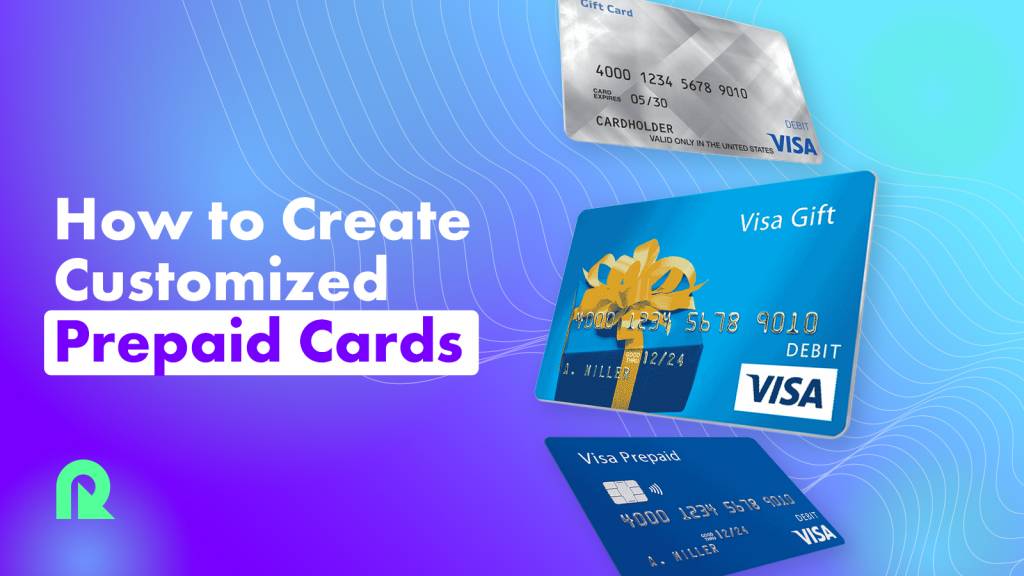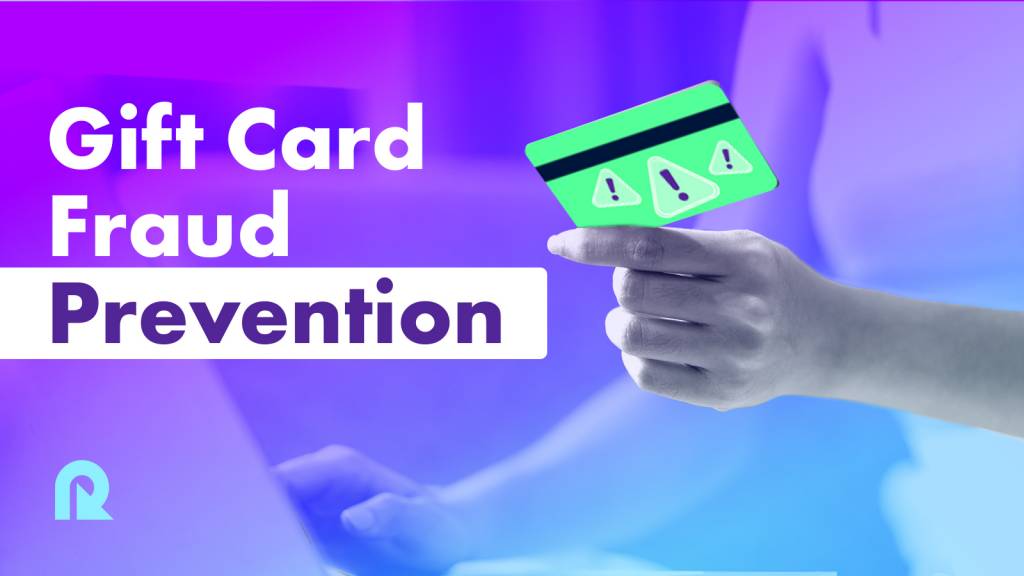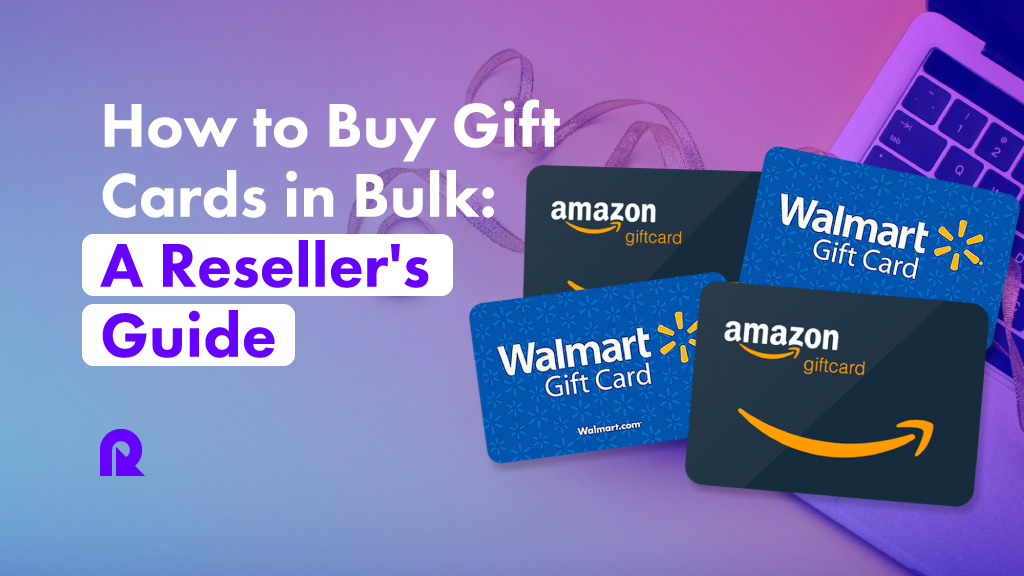Learning how to create your own Visa prepaid card is a good way to get better value for money for your rewards programs.
Customizing open-loop Visa prepaid cards with your brand identities and personalized or custom messages can make your gift cards more valuable to recipients, whether they are employees, customers, sales representatives, or research respondents.
This will result in:
- An improved brand image
- Higher employee retention rate
- Improved customer loyalty
- More committed survey respondents, etc.
Similarly, creating white-label (customized) prepaid cards from existing Visa cards is faster, more cost-effective, and easier than starting your own card issuance program from scratch.
However, taking this route requires using a gift card provider with an easy-to-install API that allows you to customize open-loop prepaid cards, among other benefits.
This is exactly what we offer at Reloadly:
- Plug-and-play API that you can install in a day
- Customizable Visa prepaid cards
- Support of more than 100 currencies and multiple payment methods
- Timely reports
- Fast delivery of gift card rewards, among others
In what follows, we show you how to integrate our API so you can start creating white-label prepaid cards for your rewards programs.
[Do you want to improve brand exposure, increase retention rate, and enhance customer loyalty through your rewards programs? Sign up for Reloadly to create white-label prepaid cards and send them across the globe in just 5 seconds.]
The importance of white-label prepaid cards for rewards programs
Before showing you how to create your own Visa prepaid card, let’s briefly consider why these cards are important for your rewards programs.
Let’s begin with Visa prepaid cards in general.
Visa prepaid cards belong to a category of gift cards called open-loop gift cards. While closed-loop gift cards are created by a retailer (Amazon, Target, Shopify) and limited to their store, open-loop gift cards can be used in any store that normally accepts debit or credit cards. For example, a Visa prepaid card will be accepted anywhere Visa debit cards are valid.
Open-loop cards can also be added to Apple Pay or Google Pay and most of them also permit ATM access.
They are like traditional debit cards but they have been preloaded with a particular amount. In some cases, only the organization that created a prepaid debit card can make direct deposits into it from a central portal or dashboard. However, some prepaid cards allow external direct deposits and bank transfers.
In some cases, prepaid cards are reloadable (the ones created for sales reps, for example) while some are only for one-off usage (the ones created for survey respondents, for example).
Also, there are virtual Visa gift cards and plastic gift cards. While the physical ones can be used for ATM withdrawals and in-store purchases, virtual cards are limited to online purchases.
Example of a customizable open-loop prepaid card
The following are the advantages of prepaid cards:
- Multiple options: You don’t need to guess which closed-loop gift card a recipient will find valuable. With an open-loop prepaid card, they can make in-store and online purchases anywhere they want.
- Increases the likelihood of usage: Billions of dollars in gift cards go unused every year, according to CBS News. Open-loop cards, by providing multiple usage options, can contribute to solving this problem.
- Take control of your reward programs: Organizations can check card balances and get reports on card usage through the relevant website, mobile app, or web app. Also, they can easily reload prepaid cards or remove money from a card if they suspect fraud.
- Flexibility: Reloadable gift cards make it easy for organizations to be more flexible with their reward programs. If you want to reward employees six months after you concluded one program, you can just top up their prepaid cards instead of ordering new gift cards.
- Customizability: Open-loop prepaid cards, since they only carry the name of the credit card network issuing them (Visa, Discover, American Express, MasterCard) can be customized to carry brand identities. Users can also choose a card design that is most consistent with their brand.
This customizability provides many advantages, as we mentioned in the introduction. Some words on these benefits are appropriate:
- An improved brand image: When your gift cards carry your brand identities, recipients will remember your brand anytime they use the card. And if it is a physical card used in-store, other people will see it, thus providing even more brand exposure.
- Higher employee retention rate: When employees receive custom cards with customized messages, they feel a sense of belonging and this can make them more likely to stay.
- Improved customer loyalty: Customers receiving branded cards and customized messages are also more likely to feel a sense of belonging, leading to loyalty.
- More committed survey respondents: Survey respondents are also more likely to be eager to respond to another research call.
How to create a prepaid card by integrating Reloadly’s API
Now that we know why white-label prepaid cards are crucial, let’s consider how to create them by installing Reloadly’s API.
Prerequisites for integrating the Reloadly APIg
First, there are some things you must put in place before you can complete this integration:
- Prepare the application/flow on your end to trigger the campaign.
- Setup campaign details: This will include the campaign name as well as the start and end date.
- Define eligibility criteria: This defines who can receive the bonus or the reward.
- Sign up to get a Reloadly account
- Retrieve your API credentials, such as client_id and client_secret, from the Developers section.
- Download Reloadly’s Postman collection so you can have more hands on the API and necessary endpoints to be used. Reloadly uses rest API.
Integrating Reloadly’s API in seven simple steps
Once you have all the prerequisites in place, you can start the integration process as follows:
- Obtain the needed access token
To request the access token, you will need the clients_id and clients_secret you created in the Developers section (see point 4 in the list of prerequisites).
[Side Note: Remember to toggle between LIVE (real-time) mode and TEST mode on the dashboard sidebar to select the appropriate client_id and client_secret.]
Once you have those two details, you will obtain an access token through the “Access Token” request in the Postman collection (point 6 in the list of prerequisites).
It is the access token you generate here that will be used for authorization in subsequent API calls. In every API call, ensure you replace ACCESS_TOKEN_GOES_HERE with the actual access token received.
[Side note: Reloadly employs the OAuth 2.0 standard which means that all API requests must be made over HTTPS. Calls made over plain HTTP will fail. API requests without authentication will also fail.]
- Select the gift card products you want
Once you have your access token, you can retrieve the list of all available gift cards by going to the “Products” section, as seen below:
Here, you will see a list of all the gift card products currently available on the Reloadly platform.
By going through the list, you can identify the open-loop prepaid cards available and write down their product details.
In addition to “productId” and “productName,” every gift card also has details such as whether it is a global card (available for delivery across the globe), the discount you can get on it, and the currency in which it is denominated.
You can use any of these details to select the prepaid card you want for a particular campaign.
[Side note: Please note that the “/products” endpoint supports filters such as pagination and more. You can find more details on the Products API Reference (our API documentation)]
Alternatively, if you already know some details of the gift card product you want to distribute, you can search for it using the GET product endpoint. There are two options available here:
- GET product by ID: As seen below, this option allows you to search for a gift card using its product ID.
- GET product by ISO code: Alternatively, if your campaign is targeting a particular country, you can use the Get product by ISO code endpoint to filter the list of gift card products available for distribution to that country.
See below:
There are other filtering options available for selecting gift card products on Reloadly.
A popular one is the GET discounts endpoint. With it, you can filter for all gift card products that currently have discount offerings. If you are on a budget or just looking for the best deals, this is a shortcut to focus only on discounted offerings.
The production URL for the GET Discounts endpoint can be seen below:
Alternatively, if you already have a product in mind, you can search if that particular product has any discount offering under the GET products (rather than GET discounts) endpoint, as seen below.
Whichever method you use, the end goal of this second step is for you to select the prepaid card you want for the reward program you desire to launch.
- Create an order
Once you have decided on a preferred card, you can create your own Visa egift card by using the “Order” endpoint as seen below:
The left-hand side shows the information you need to input to successfully create a new card. We have shown how you can get the “product ID” in step 2. This example is for a digital gift card (also known as egift card) so you will need to input your name and the recipients’ email addresses.
On the right-hand side, you will find all the details associated with this particular transaction (order).
- Retrieve redemption codes
Every prepaid card must have a card number and a PIN code. These are the two crucial information recipients will need to use them.
You can retrieve this information by using the GET redeem codes endpoint.
As seen below, you will need to select the particular transaction or order and then access all the cards that were purchased under that order.
You can then select a particular card and retrieve the card number and PIN code that will be sent to recipients.
Furthermore, if available, you can retrieve redemption instructions that will be sent to the recipients. You can do this through the GET redeem instructions endpoint.
Most of the time, redemption instructions pertain to the store where a gift card can be used, as seen below:
Since we are dealing here with open-loop prepaid cards, redemption instructions are mostly unnecessary.
Yet, it does not harm to confirm if any such instruction (for example, there might be a cardholder agreement that the recipient must be aware of or an expiration date) accompanies the card you have created.
- Distribute gift cards to recipients
Now that you know how to create your own Visa prepaid card, the next step is to distribute.
Once you have obtained the redemption codes and instructions, distribution is easy. For digital gift cards, it is as easy as sending an email to recipients you have already included in Step 3.
- Monitor transactions
If you want reports about the orders you have made, you can do so through the GET transactions endpoint.
Here you will find a list of all the transactions you have done. You can select any of them to get more details.
Alternatively, you can skip this step by inputting a particular transaction ID to get a report about it.
A typical response from this endpoint is shown below:
Here you have information about how much you have spent on the transaction, and the discounts you enjoyed, among other details.
In addition, after concluding a transaction, you can check your account balance to know how much money you have left. You can do this through the GET accounts balance endpoint, as shown below:
A typical response to this request is shown below:
Why you should choose Reloadly’s API
Now that you have seen how to create a prepaid card with Reloadly, let’s conclude by considering why you should choose Reloadly:
- Plug-and-play API that you can install in a day: In the previous section, we have shown how easy it is to integrate Reloadly’s API and start distributing reward cards on the same day.
- Customizable Visa prepaid cards: Reloadly will also allow you to include your brand identities in the gift cards you create so you can enjoy higher brand exposure, among other benefits.
- Support of more than 100 currencies and multiple payment methods: We support more than 100 currencies and multiple payment methods (including debit and credit cards).
- Timely reports: You can get reports about every single transaction you create. And we will also send regular general reports about your account usage.
- Fast delivery of gift card rewards: We deliver digital gift cards across the globe in just 5 seconds.
[Do you want to supercharge your reward programs and get better value for money? Sign up for Reloady to create and distribute white-label prepaid cards to employees, customers, sales reps, and survey respondents across the globe.]



